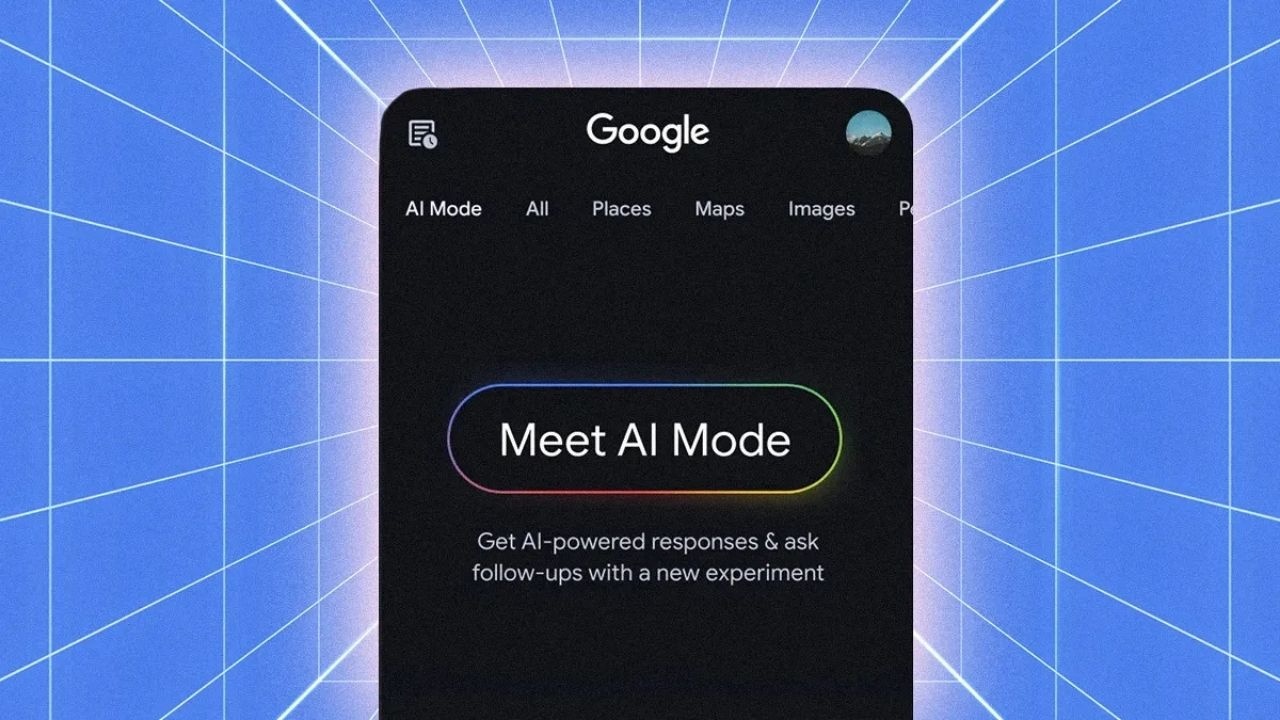
A Nutritionist’s Warm Guide to When to Enjoy Flaxs
Nutritionist Deepsikha Jain recommends 1–2 tablespoons of flaxseeds—morning, before meals or as a sn

Search used to be a straightforward routine: type a query, scan through links, and piece together an answer. In India, that routine is evolving with Google’s AI Mode, which lets people interact with search in a conversational, multimodal way and returns compact, helpful summaries instead of just lists of webpages.
For ordinary users this means a more personalised, interactive experience. At the same time, the change has implications for writers, marketers, publishers and how people search online. Grasping how AI Mode operates and what it implies is crucial for everyone in the digital ecosystem.
AI Mode accepts questions via typing, spoken language or images. Someone might photograph a leaking pipe and ask for repair tips; the system analyses the picture and combines that with the user’s query to generate a precise response.
The feature is built to manage layered or multi-part questions. Users can pose detailed requests and then refine or expand them with follow-ups. AI Mode parses components of the inquiry, works through them in parallel, and returns integrated, easy-to-follow answers.
Rather than relying only on static information, AI Mode incorporates up-to-the-minute facts and local context where relevant. This helps ensure replies reflect current conditions, trends or region-specific details.
After trials with select users, AI Mode is now broadly available and presents a simplified, conversational interface. It supports different input types and aims to expand language coverage to address India’s wide linguistic diversity.
AI Mode shortens the path to a solution. Instead of hopping through several sites, users often receive concise, practical guidance right away.
By enabling voice and image queries, the tool becomes usable for people who prefer not to type or who need alternative ways to interact. Extending support for regional tongues also helps widen access across communities.
From organising travel and decoding policy details to diagnosing plant ailments or walking through DIY repairs, AI Mode opens up hands-on, real-world applications for ordinary tasks.
As responses grow more actionable, people will expect solutions instead of links. That shift will change how queries are framed and how content is consumed online.
Visibility Shifts: When AI Mode synthesises answers, fewer users may click through to the original articles, potentially reducing site visits.
Value of Clear Formats: Well-structured, solution-focused content is more likely to be surfaced by AI-driven responses.
Upholding Credibility: Publishers should prioritise accuracy and clarity so their material can be reliably used by AI systems.
SEO Strategy Evolution: Optimisation will need to account for conversational queries and multimodal inputs instead of just isolated keywords.
Presence in AI Responses: Firms must plan how their offerings appear when AI Mode recommends products or services.
Preparing for Voice and Visual Search: Brands should make sure their online assets are discoverable by voice commands and image queries.
Greater Convenience: Search becomes more intuitive and oriented toward solving problems.
Fewer Clicks: As answers arrive directly, people may visit fewer sources, raising the importance of verification.
Data Awareness: Richer inputs such as voice recordings or photos involve more personal information, so users should be mindful of privacy settings and data use.
Language Inclusivity: Adding more Indian languages can help close access gaps and encourage uptake among regional audiences.
Infrastructure Needs: Users in remote or poorly connected areas may require better networks to benefit fully from these capabilities.
Shifting Monetisation: With fewer outbound visits, publishers may need fresh revenue models to sustain their operations.
AI Mode can err or reflect biases. Users should corroborate important facts, and content producers must maintain high standards to support trustworthy answers.
Drops in click-through rates could dent referral traffic and ad income. New approaches will be necessary to monetise content in an AI-first search landscape.
Because the tool ingests richer inputs, concerns about how personal data is handled, stored and used become more pressing for users and regulators alike.
Regional dialects and local context are hard to master; misunderstandings may limit effectiveness in some linguistic or cultural settings.
The rise of AI-centred search may require a rethink of how both search platforms and publishers generate revenue while keeping the digital ecosystem fair.
People will increasingly ask multi-step, natural-language questions and expect comprehensive, usable answers from the system.
Text, speech, images and even video are likely to become commonplace inputs, allowing users to interact with search in more intuitive ways—like pointing a camera and getting instant guidance.
Search outputs will shift toward checklists, personalised recommendations and step-by-step instructions instead of bare links.
Search will move from information retrieval to problem-solving, reshaping online behaviour across languages and devices.
AI Mode’s arrival in India marks a notable change in how people find and use information. It promises quicker, more useful interactions for users while challenging creators, marketers and publishers to adapt their content, SEO and business models.
As search shifts from “type and click” to “ask, show and act,” success will hinge on understanding the new dynamics, adjusting strategies, and producing trustworthy, high-quality material.
This piece is intended for informational purposes only and does not replace professional advice. Readers should check feature details, policies and privacy practices directly with service providers before making decisions.